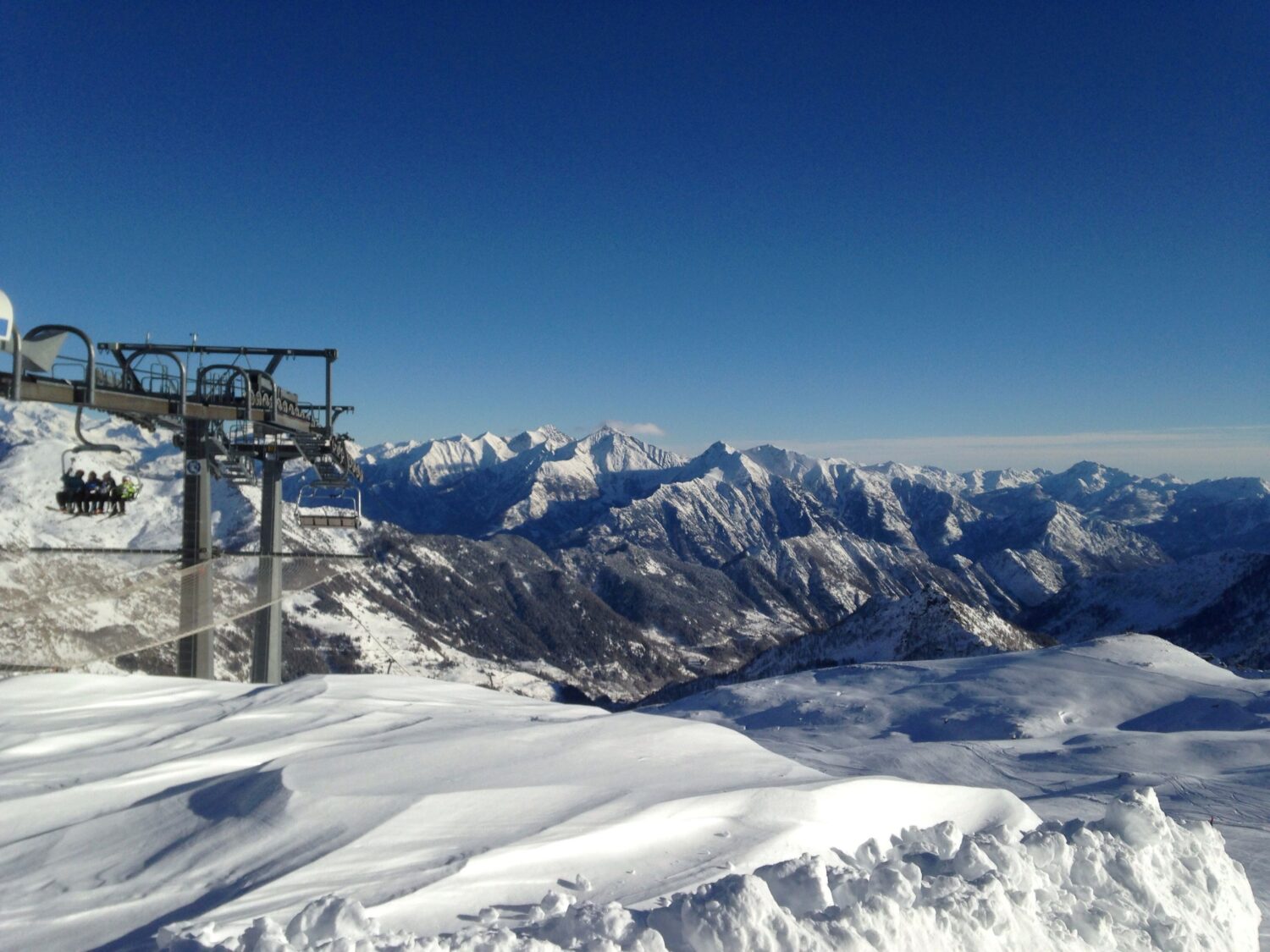It’s no secret that the tiny yet mighty region of Aosta Valley (Valle d’Aosta) in northwestern Italy is one of the most stunning areas in all of Europe. The Alpine peaks, vast meadows, and infinite crystalline lakes are what draw most of its visitors throughout the entire year. In this article, we’ll be exploring the lesser-known (but no less beautiful) Mont Avic Natural Park and what you can expect to do and see when you visit.
Mont Avic Park Facts
Created in 1989 and subsequently expanded, Mont Avic now encompasses an area of 5,700 hectares. Named after one of the highest peaks located in the area, its elevations range from 1,000 meters to 3,185 meters. The park spans the valleys of Chalamy and Dondena and the municipalities of Champdepraz and Champorcher. It also borders the much more well-known Gran Paradiso National Park which spans across Italy’s regions of Piedmont and Aosta Valley.

Nature
This unique environment is home to alpine lakes, meadows, and humid areas. Serpentinite massifs also provide unusual habitats for plants and animals. The park also happens to contain the largest Mountain pine (pinus uncinata) forest in Italy with the rare pine covering over 1,000 hectares. Some of them have adapted to growing out of rock and are naturally stunted in a “bonsai” fashion.
Over 100 species of mushrooms; 1,100 species of butterflies as well as ibex, chamois, and golden eagles, just to name a few, are also found here. Chestnuts are still widely harvested for animal feed as well as for human consumption. You’ll also still see cattle, sheep, and goats grazing on the alpine pastures.
Attractions Within the Park
In addition to the fantastic natural landscapes, there are also numerous manmade and historically significant places to visit.
Castles
The Verrès Castle was built in 1390 by Ibleto of Challant. It later fell under Savoy rule in the 16th century. Today, it can be visited during most months of the year and is especially known for its Carnival celebration which includes a historical reenactment. For more information about visiting hours and tickets, visit this link.
Issogne Castle was also built by the Challant family in the 15th century and includes frescoed halls and a lovely courtyard. For more information about visiting, click here.
The most frequently visited and well-known is the Bard Fortress and its charming village. Evidence suggests that some type of a fortress likely existed here even in pre-Roman times and most definitely during the Ostrogoth rule in the 6th century. The village is one of the “Most Beautiful Villages in Italy” and is definitely worth your time.
Religious Landmarks
The Sanctuary of Notre Dame de la Neige is found at Lake Misérin at an altitude of 2,580 meters. Originally built in 1657, the church has undergone numerous beautifications including one in the year 2000. It is part of the Marian pilgrimage route and is especially visited on August 5th for the feast day of Mary of the Snows.
Hiking
At such high altitudes, if you plan to do some serious hiking the best time to visit the park is between the months of July and September. One of the most popular trails is the Gran Lago which departs from Dondena at 1,778 meters and ends at Gran Lago at just over 2,300 meters. Along the trail listed as “E” for “Excursionist” you can expect a 900-meter climb and about a 4-hour long hike (each way). You’ll wind through alpine pastures, past various lakes, and have other-worldly views of some of the Alps’ highest peaks including Mont Blanc. You can also stop at the Barbustel Refuge at Lac Blanc (Lago Bianco) where you can refuel with a delicious mountain meal and even stay overnight.
Wintertime is not just for avid skiers because many trails, such as Lake Muffé, are simple enough to access with snowshoes or crampons. If you are anxious to get on the slopes, Champorcher offers 27 km of runs and offers both downhill and cross-country skiing.

When in Mont Avic…
And lastly, as the saying goes, “when in Rome, do as the Romans do”; well, exchange Rome for Mont Avic and follow these tips. You cannot leave without trying Fontina cheese and a delectable fondue comprised of Alpine Fontina varieties. First courses include gnocchi made with locally grown potatoes and served with Fontina cheese sauce as well as oven-baked polenta oozing with, you guessed it, Fontina cheese. For dessert, indulge with tegole cookies with custard cream, crema di Cogne.
The most important thing to remember when you visit is that there is no stringent itinerary to follow and that if you really want to experience the Mont Avic Natural Park, you must do so through nature just as the locals have done for thousands of years.
Continue reading about what to see and do in Aosta.

